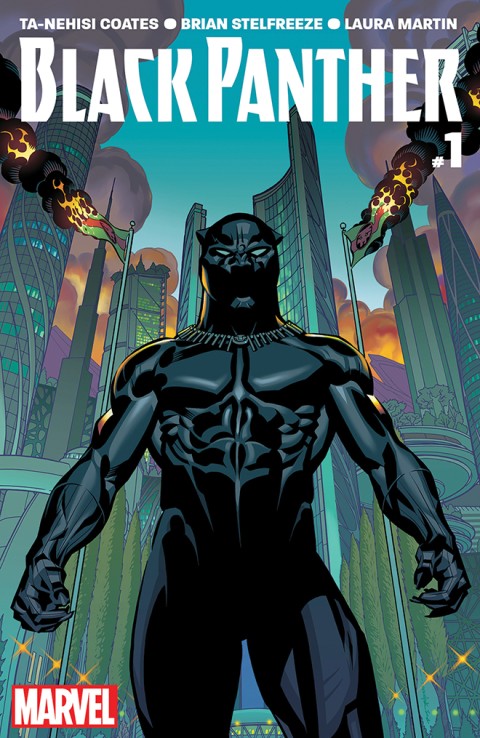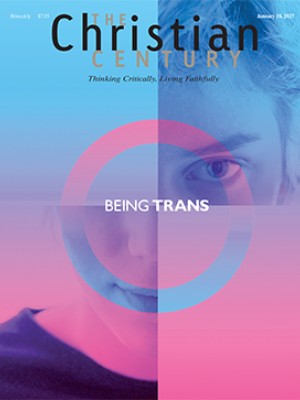Ta-Nehisi Coates stewards a story
The new Black Panther series uses genre conventions to say something true.

In 2015, Ta-Nehisi Coates won the National Book Award for Between the World and Me and took home a MacArthur “genius” grant. Toni Morrison dubbed him “the intellectual heir of James Baldwin.” What does a cultural critic with that kind of pedigree do next? Write comic books.
In 2016 Marvel Comics published nine new Black Panther comic books written by Coates, with more to follow. The Black Panther was the first black superhero in the Marvel universe, alter ego of T’Challa, protector and king of Wakanda, a fictional African country that is the most technologically advanced in the world. Its violent use of power has endangered the vulnerable, and the Black Panther is struggling to control revolutionary factions. Among these factions are the lovers/warriors Ayo and Aneka, who fight under the banner, “No one man,” and Tetu, a revolutionary shaman propelled to violence by the memories of Wakanda’s violence. At the center of the story is a nation that no longer wants a king, and a king who no longer knows why a king is needed.
Read our latest issue or browse back issues.
Like much of Coates’s work, the comic books investigate the ways in which power is seized, owned, abused, and rejected. The Black Panther comics complicate typical comic tropes. Is the woman who opens others’ eyes to their rage and shame a hero or a villain? Is the revolutionary who kills for the rights of people a freedom fighter or a terrorist?
Questions of justice get the same complex treatment. Coates has deep wells of empathy for anyone who has to fight for security, opportunity, and liberty. But while he is concerned with democracy, monarchy, and nation making, his comics are best when he’s discussing the relational motivations that propel human life. Although filled with superheroes and mutants, Black Panther is a story about humans struggling with family, shame, duty, anger, and sadness. It’s everyday stuff in an extraordinary world.
Coates recognizes the value of comics to help us reconcile truth claims in a radically diverse world. After all, diversity and difference are inherent to comics. There’s no single Black Panther, for example, but many versions of him. Coates does not own the character; he is one steward. Like other comic book writers, he is bound by the storytelling conventions of the genre but can shape the story to say something true. Every superhero has multiple authors and therefore multiple lives. The point is not to reconcile these lives but to add to them. The comic book assumes that we grow closer to understanding with each addition. In this way, they retrieve an oral tradition that passes on stories, characters, and history so that these stories can be refashioned and reformed. Each story told is an invitation to tell another.
In the Jewish and Christian traditions, as in the comic book tradition, we often have multiple narratives trying to answer one question. In Genesis, for example, we have two narratives about the creation of the world. Is God the eternal engineer of reality—speaking creation into being? Or is God the sensitive sculptor—shaping humans out of the red clay of the ground? One great gift of the ancient Hebrew storytellers is that they were willing to have both narratives at the table. Both truths are allowed, even though they may be found in contradiction.
We might say that comic books call us back to a world where the veracity of our lives and histories are negotiated in story and song. Stories don’t compete so much as coexist. They aren’t finished; they are passed down and passed on. A new story is not a threat to the order but a widening of the grand story that contains the multitudinous experience of a people. In a world that seems to be fracturing under the weight of its plurality, we will not find a common universal truth by culling out all of the stories that aren’t true. Instead, we can tell more true stories, adding to the growing library of the world and moving closer to that truth.
A version of this article appears in the January 18 print edition under the title “Comic book truth.”





